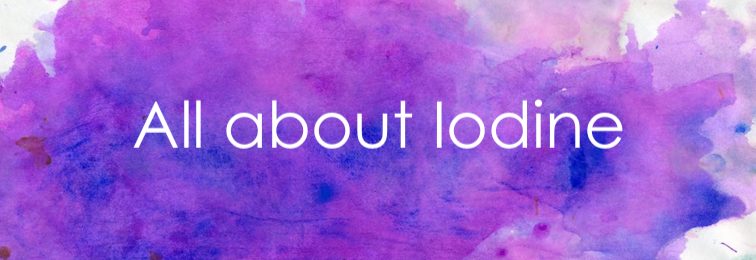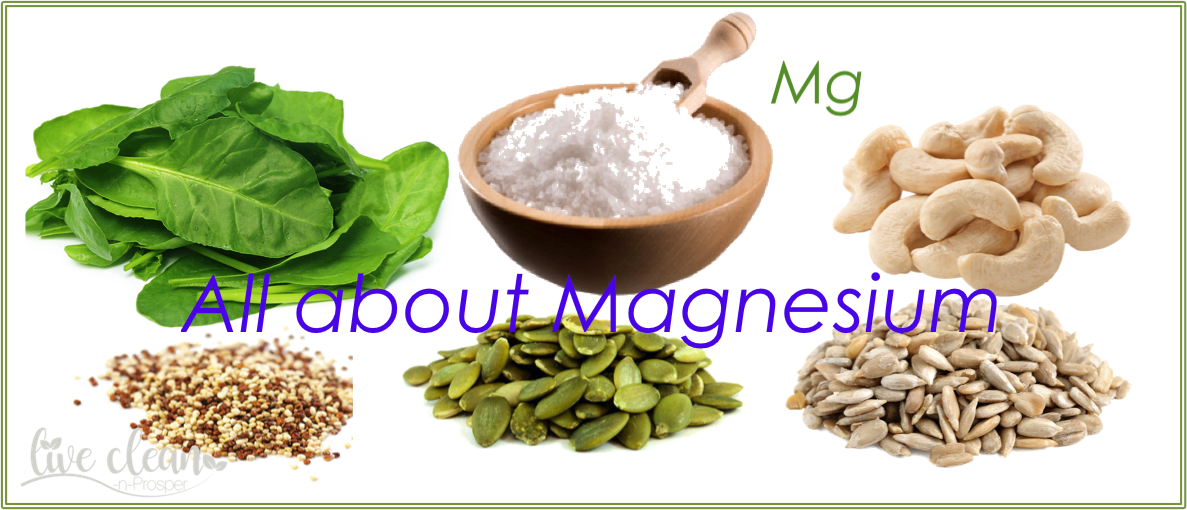Todays post is all about Iodine as requested by a friend.
This subject is also of particular interest to me as I do have a thyroid disorder. So getting my daily source of Iodine is quite important.
First of all, what is Iodine?
According to Wikipedia, Iodine is a chemical element first discovered by the French chemist Bernard Courtois in 1811.
It is a naturally occurring chemical element, like oxygen and iron. It is the heaviest of the essential mineral nutrients and it is also the least abundant.
It is present in fairly constant amounts in seawater, but its distribution over land and fresh water is uneven. In continents such as Australia and New Zealand, natural iodine levels are very low in the soils where we grow our vegetables, grains and graze livestock.
Why is it essential?
Iodine is an essential element for life. It is required for the synthesis of the growth-regulating thyroid hormones thyroxine and triiodothyronine (T4 and T3 respectively). Thyroid hormones are required for normal growth and development of tissues and maturation of our bodies.
Globally, it is estimated that 2 billion individuals have an insufficient iodine intake. In industrialised countries, including the United States, Australia and New Zealand much of the food supply is now low in iodine. This has led to widespread deficiency.
Iodine deficiency has multiple adverse effects in humans. It is the commonest worldwide cause of thyroid disorders. A low iodine diet can cause hypothyroidism, an enlarged thyroid gland (goitre) and can affect fertility, pregnancy and neuro-developmental disorders in newborns. It is the leading preventable cause of intellectual disabilities.
How to get your daily intake
Some of the best sources of iodine include seafood, iodised salt and bread. The iodine content of plants and vegetables is dependent on the environment and soil in which they are grown.
Marine sources –
Seaweed, fish and shellfish are the best sources.
Seaweed is an excellent source of iodine. However, the amount can vary significantly based on seaweed type, the region in which it grew and its preparation.
Three popular seaweed varieties include kombu kelp, wakame and nori. Kombu kelp offers the highest amount of iodine.
Higher amounts of iodine are found in fish low in fat compared to fatty fish. For instance, a lean fish like cod can provide up to 66% of the daily value. Tuna offers less iodine than lean fish but is still a relatively good source.
Shrimp and other shellfish are good sources because they absorb some of the iodine that is naturally present in seawater.
Two to three servings of seafood a week should provide sufficient iodine to meet the requirements of most people.
Salt –
In Australia, any salt used at home should be iodised salt (that is, salt to which iodine has been added).
Bread –
Food Standards Australia New Zealand (FSANZ) implemented a mandatory iodine fortification regulation in October 2009. Since then, Australian bakers are required to replace regular salt with iodised salt in the baking of bread. This regulation does not include organic bread and breads made from non-wheat flour.
Eggs –
Egg yolks are a good source of because it is added to chicken feed. On average, one large egg contains 24 mcg of iodine, or 16% of the daily value.
and lastly prunes –
Interestingly, prunes are a good source of iodine. Five dried prunes provide 13 mcg, or about 9% of the daily value.
I hope that you have also found this information interesting and that it will help you to improve your Iodine intake.
Till the next post,
Live clean n Prosper.
Sources – https://academic.oup.com, www.sciencedirect.com, http://www.foodstandards.gov.au, http://www.nutritionaustralia.org, www.thyroidfoundation.org.au


